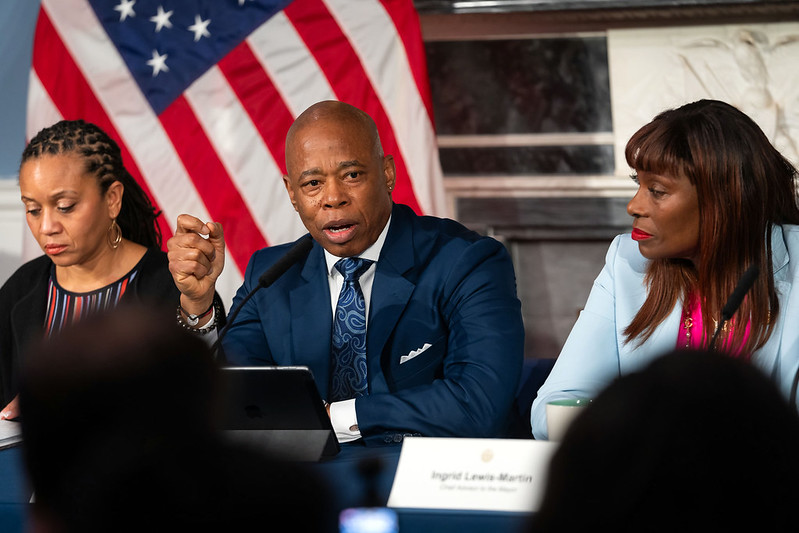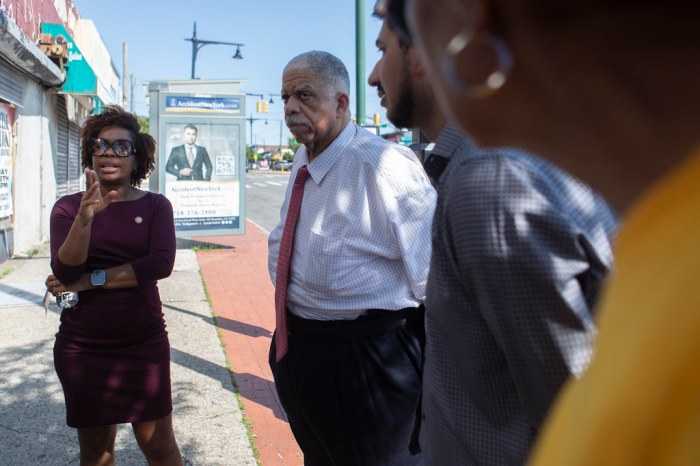Rory Lancman
New York City is in the midst of a construction worker safety crisis.
As construction has boomed across the city, the number of construction worker fatalities and injuries has skyrocketed. In just the past two years, more than 30 NYC construction workers have died on the job, including the horrific death of a construction worker in Manhattan last month.
These numbers are appalling. The life of every worker is meaningful and must be respected. All too often, however, construction companies and developers have put their bottom line ahead of protecting workers.
As a New York Times investigation made clear, many of these on-the-job injuries and fatalities were completely preventable. Basic steps to prevent falls were not taken, supervision was lacking, harnesses and helmets were not worn, and so on. The consequences of such gross negligence are tragic.
It was obvious to me that New York City needed to take action to protect workers’ lives and prevent future tragedies from occurring. I’m pleased to report that the New York City Council did just that last week with the passage of several of worker safety bills, including my legislation, the Occupational Safety and Health Administration Notification Act.
The crux of the OSHA Notification Act is simple: It requires the City’s Department of Buildings to notify the federal workplace safety agency, OSHA, of any immediately hazardous or major construction violations, or any violation of OSHA training requirements.
While DOB is responsible for enforcement of the city’s building codes, until now there was no law on the books that required it to report potential safety hazards to the federal agency responsible for protecting worker safety, OSHA. The lack of information sharing between these two government agencies made no sense, and it put construction workers directly in harm’s way. A failure of bureaucratic coordination is not an excuse we can give to families of those injured or killed on the job.
Guaranteeing communication and coordination between DOB and OSHA will enable OSHA to direct its limited resources toward construction sites where DOB inspectors have already identified potential safety hazards. Not only is this efficient, but it will help root out problems before they become tragedies. We will only solve the construction worker safety crisis if the left hand and the right hand are working together and communicating with each other.
Codifying this policy into law is important, too. We have heard the DOB make promises in the past that it will communicate and work with OSHA. Given the severity of the challenges we are facing, promises are simply not enough. We need city laws to protect city workers.
Nothing is more important than ensuring construction workers are safe on the job, and can return home to their families every night. The OSHA Protection Act is a major step forward to keeping construction workers safe.
Rory Lancman
City Councilman (D-24)

































